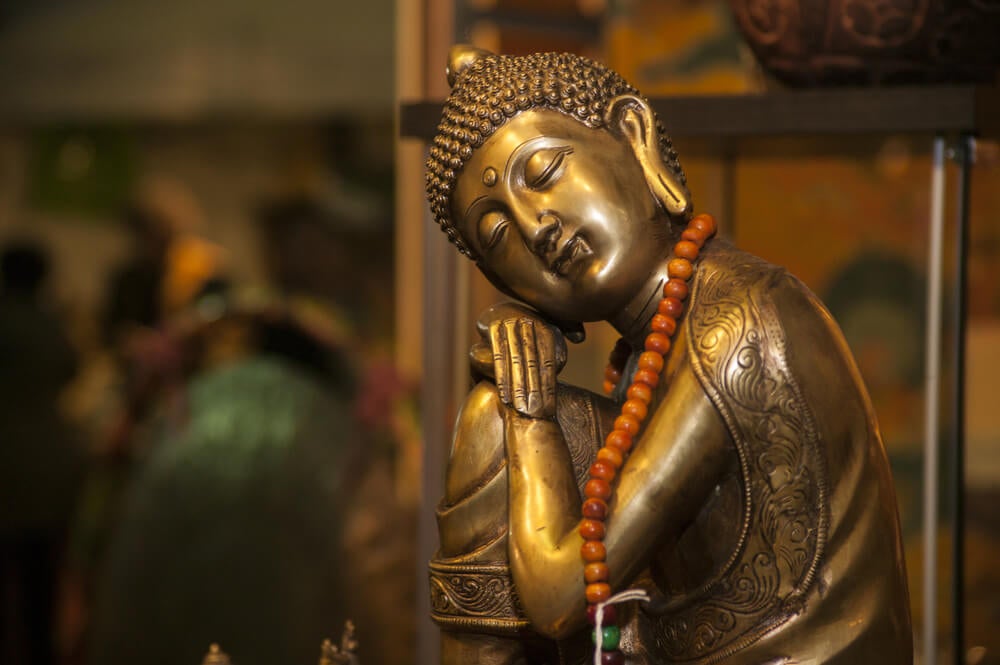For Buddhism there are four axes of love that have been described by Zen master Thich Nhat Hanh, in his texts the author refers not only to the love of a couple, but to all kinds of emotional ties, including one that you must have with yourself.
In fact, the axes of love are simple truths that, perhaps that is why they go unnoticed in our eyes, talking about the essential elements that need to be identified, cultivated and protected in family, loving and friendly relationships.
- In fact.
- Ideally.
- We should take them into account in our global relationship with ourselves and with the world.
“Here I am, listening carefully and I am happy to do so” — Thich Nhat Hanh-
Buddhism understands love as a universal feeling that must be applied to all that exists, when it is filled with true love, balance is achieved and, with it, spiritual peace.
We invite you to reflect on the axes of love according to Buddhism. We believe it can be a great contribution to your life.
Joy is a manifestation of inner joy. This means that we are satisfied and happy with reality, and it awakens our enthusiasm and joy.
This is not to say that this emotion remains constant or with the same intensity at all times, on the contrary, it is a provision.
He who is happy conveys this joy to others. Just as anxiety or sadness is contagious, joy radiates and permeates the good mood of those around us.
It is one of the axes of love for oneself and others and requires constant work so that we can adapt and balance.
Compassion does not mean feeling sorry for another person, nor considering them inferior or limited, as the word itself indicates, it is about sharing passion (in their sense of suffering) with the other.
Understand the pain of others and be able to feel it as yours, so it’s basically an act of empathy.
Compassion is an essential part of love because it involves getting involved in someone else’s feelings, as well as accepting and validating vulnerabilities and limitations. Passion means that instead of questioning them, we understand them and begin to feel them as our own.
It is known that love exists when one person appreciates the existence and companionship of another, which implies the desire to devote time to the other and be truly present in the moments that happen with that person.
That is, focus our attention on him when we speak or when we share a common situation.
It also implies the ability to listen and be open to what that person thinks, says, and does. According to Zen Buddhism, mutual pleasure is not only one of the axes of love, but also offers an unmistakable sign of the presence of love.
If there is no mutual pleasure, you cannot speak of love
Buddhism observes that you cannot be free if there is no inner balance, this is expressed calmly and calmly in any kind of situation.
This indicates that to love ourselves and others it is essential, first of all, to calm the internal storms that sometimes invade us and prevent us from letting out the most positive feelings.
What most assures the human being and deprives him of his greatest freedom is fear and anger. Only by working on these emotions and diluting them will we be truly free to love.
Otherwise, we run the risk of making the other the object of these fears and aggressions; on the other hand, if there is inner harmony, we free ourselves and let the other be.
For Zen, the important thing is not only to cultivate its own interior. When you love, there’s also interest in growing and achieving your own inner balance. Love is an active, non-receptive feeling.
Each is a support and a reference for those you love, so, by cultivating the axes of love, the other also ends up being influenced, mainly by the path of example.

